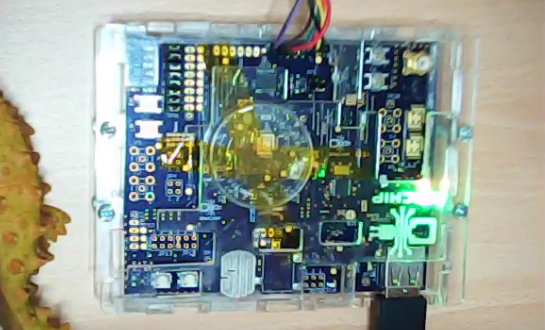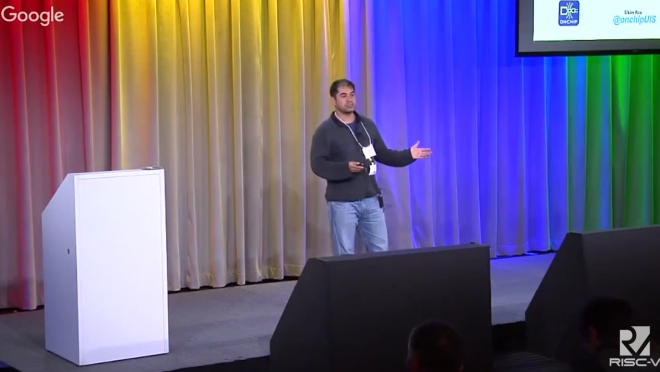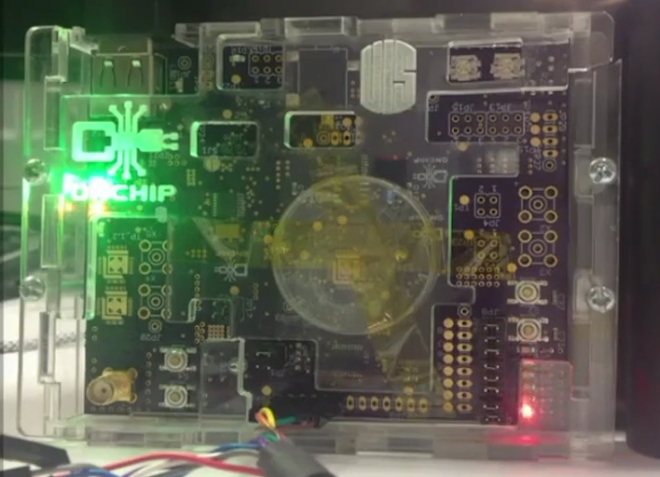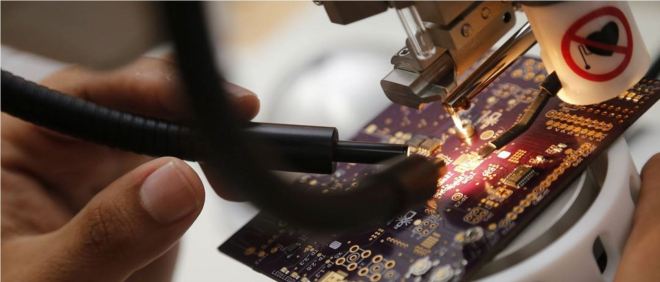The Free and Open Source Silicon (FOSSi) Foundation fosters open source semiconductor design and we’re proud to have become a sponsor! Julius Baxter writes on the FOSSi Foundation blog:
OSH Park sponsors the FOSSi Foundation
We are pleased to announce that OSH Park, the purveyors of perfect purple PCBs, have become sponsors of the FOSSi Foundation’s activities. We are very grateful for their support and would like to recognize this by listing them on our Sponsors page at the Bronze tier.
We are actively looking for sponsors for the Foundation, if you’re interested in learning more about our activities and why we are looking for sponsorship, then please visit our sponsorship page and for more, see our detailed sponsorship proposal document.
More information on the FOSSi Foundation:
Inspired by the success of open source software, the Foundation will help bring about IP and tools of comparable quality to proprietary offerings, and which are developed according to an open source model by a highly collaborative and inclusive community. The FOSSi Foundation will address the issues the field currently faces; fragmentation, legal uncertainty, design quality, and high barriers to entry.
FOSSi has launched LibreCores:
gateway to free and open source digital designs and other components that you can use and re-use in your digital designs.
FOSSi also organizes the ORConf:
We’re pleased to announce that ORConf 2017 will be held between September 8th and September 10th in Hebden Bridge in the UK.
Past talks are on the FOSSi Foundation’s YouTube channel such as this introduction from last year (jump to 1:59):









